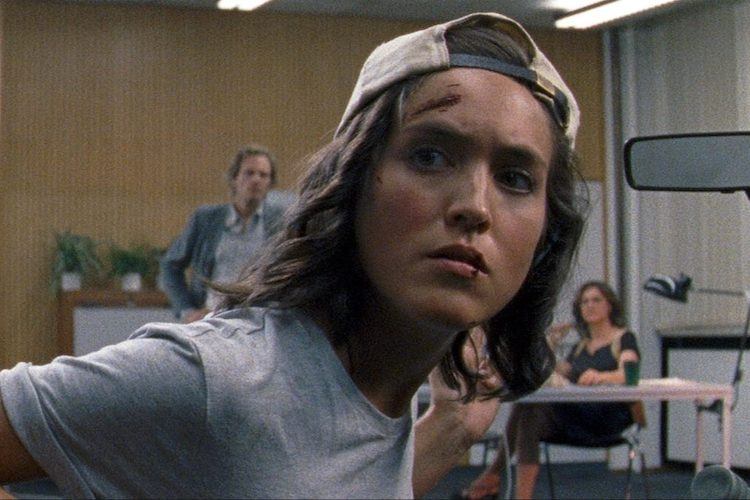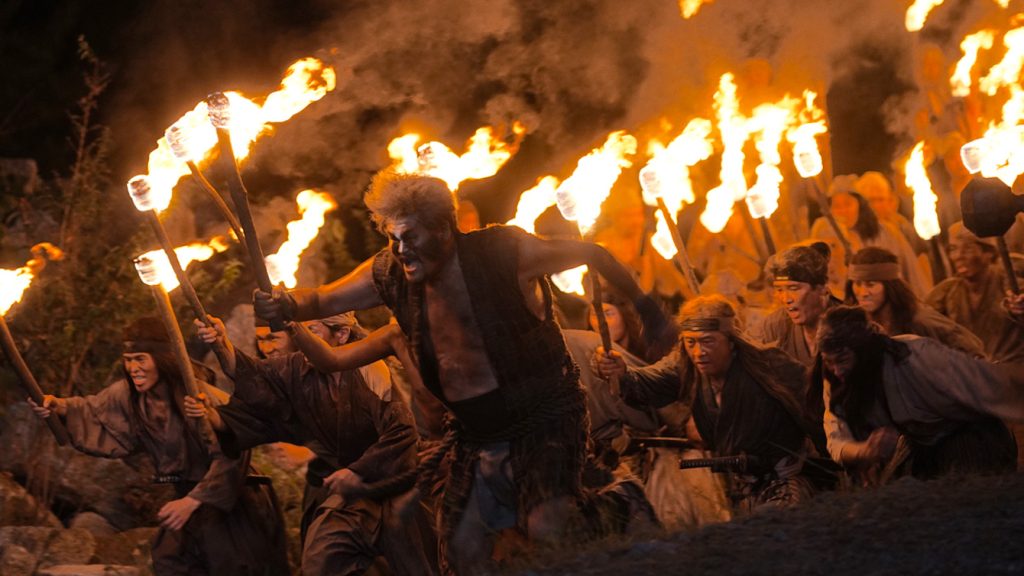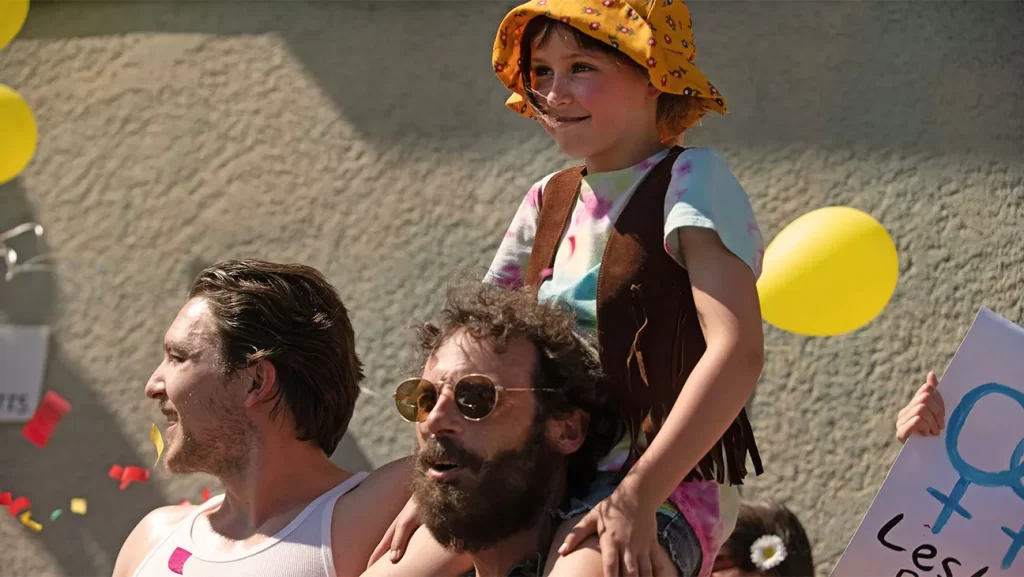Less a horror film and more a carnival-style hall of mirrors, writer-director Tilman Singer’s festival hit Luz is an elaborate maze-like debut feature. Visually dazzling, relentlessly provocative, hyper-erotic, languidly paced, and deliberately incoherent — much like the artiest European horror films of the late 1970s and early 1980s (Suspiria and all of the giallo classics certainly come to mind, though there’s certainly plenty of Cronenberg thrown in for good measure) — it’s impossible to imagine any two audience members walking out and agreeing on exactly what transpired. And that’s by design.
Shot on grainy 16mm by cinematographer Paul Faltz to give the film even more of a surreal nightmarish feel, Luz opens at a snail’s pace in a super-industrial-looking, all-but-deserted lobby in a police precinct in an unnamed German city late at night, where a young female taxi driver (Luana Veliz, looking a lot like Winona Ryder’s tomboyish Night on Earth character of the same profession) has wandered in seeking assistance. The woman’s name is Luz Carrara, and she appears to have suffered some sort of psychotic break after a “chance” (or is it?) meeting with Nora (Julia Riedler), a woman she went to Catholic school with a decade or so earlier in their native Chile. (Judging by the fashion and the technology seen on-screen, the “present day” for Luz seems to be the mid- to late ’80s.)
The fairly short (but certainly not sweet) film — shot as a thesis, and clocking in at around 70 minutes — jumps back and forth between Luz’s memories of the childhood encounters she and Nora had with the occult, and her interrogation at the hands of a hypnotherapist, Dr. Rossini (Jan Bluthardt), who has been possessed by the same demon that has haunted Luz and Nora. The further they delve into Luz’s traumatic memories from her school, the more confused and incoherent the film’s narrative becomes, resulting in some truly nightmarish imagery sure to keep you up at night. (And just try getting the film’s rather sacrilegious version of the lord’s prayer, “Thy will be done / in the crotch of an old grandpa,” out of your head.)
The majority of Luz’s action takes place in said sparse police precinct, thanks to the film’s limited budget, and Singer and his crew use that to their advantage; composer Simon Waskow’s moody, synth-driven score only helps to ratchet up the claustrophobic notion of being trapped inside of your own brain while an external force takes over the controls. It’s eerie to watch Luz — covered in blood of mysterious origins — physically re-create the night’s events in front of two detectives and a horrified translator, especially as everyone in the room seemingly begins to lose their minds. The filmmakers use practical effects throughout to add to the atmosphere, but much of the horror is conveyed through the power of suggestion and the viewer’s imagination.
The engrossing, occasionally frustrating final product — which ends almost exactly as it begins, with Luz walking out of the police precinct at the end of a long night — is surprisingly original, especially given its many reference points, but unfortunately the story feels like it has been stretched beyond its limits to get it to feature-length status. On the visual strength of this distinctive calling card alone, however, I expect the horror genre will be seeing a lot more of Singer in the not-so-distant future. And that’s a good thing, especially if you’re into the work of modern French auteurs Hélène Cattet and Bruno Forzani (The Strange Colors of Your Body’s Tears, Let the Corpses Tan), whose work veers to the more challenging, less commercial side of the spectrum, to put things mildly.



